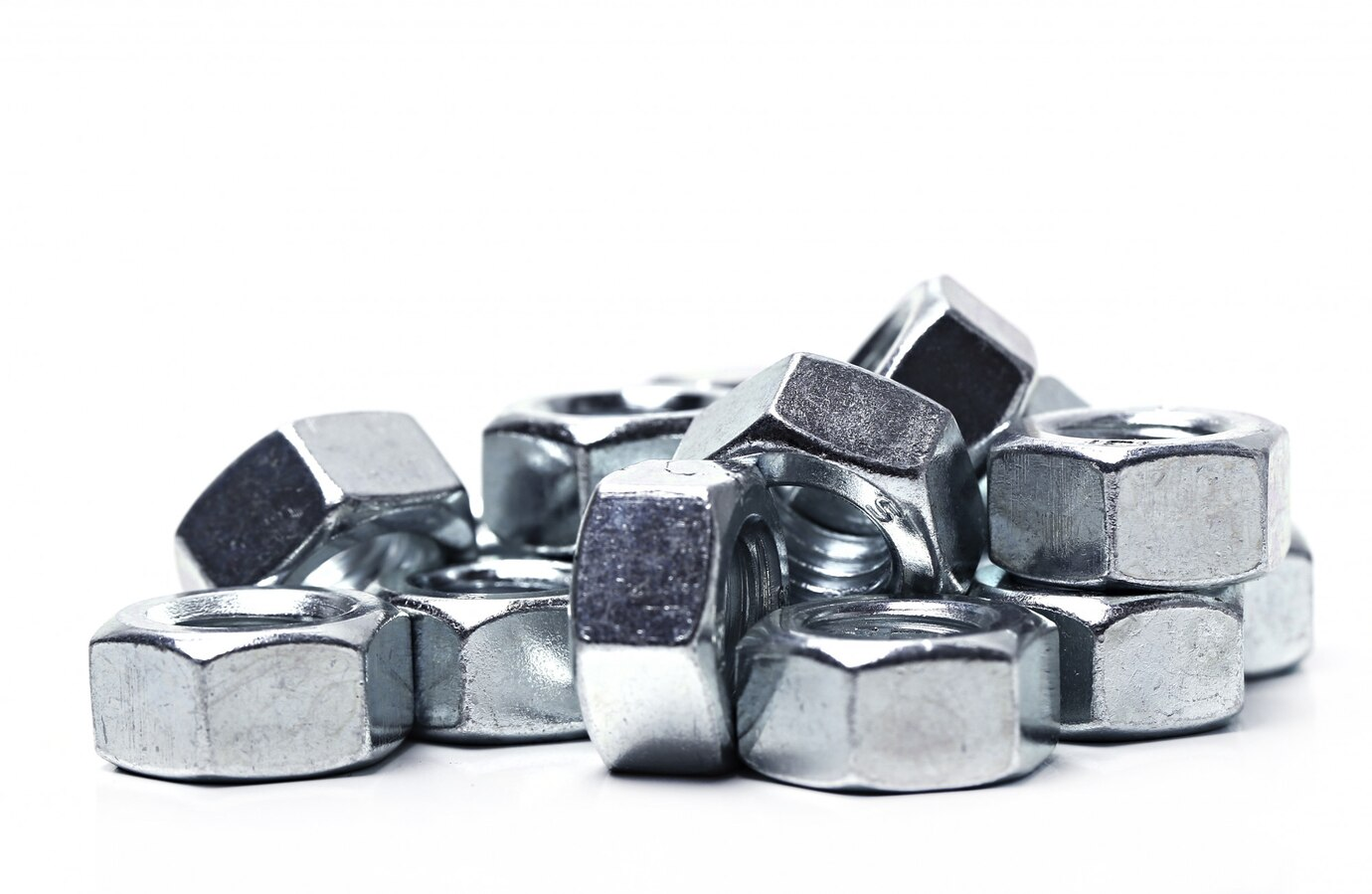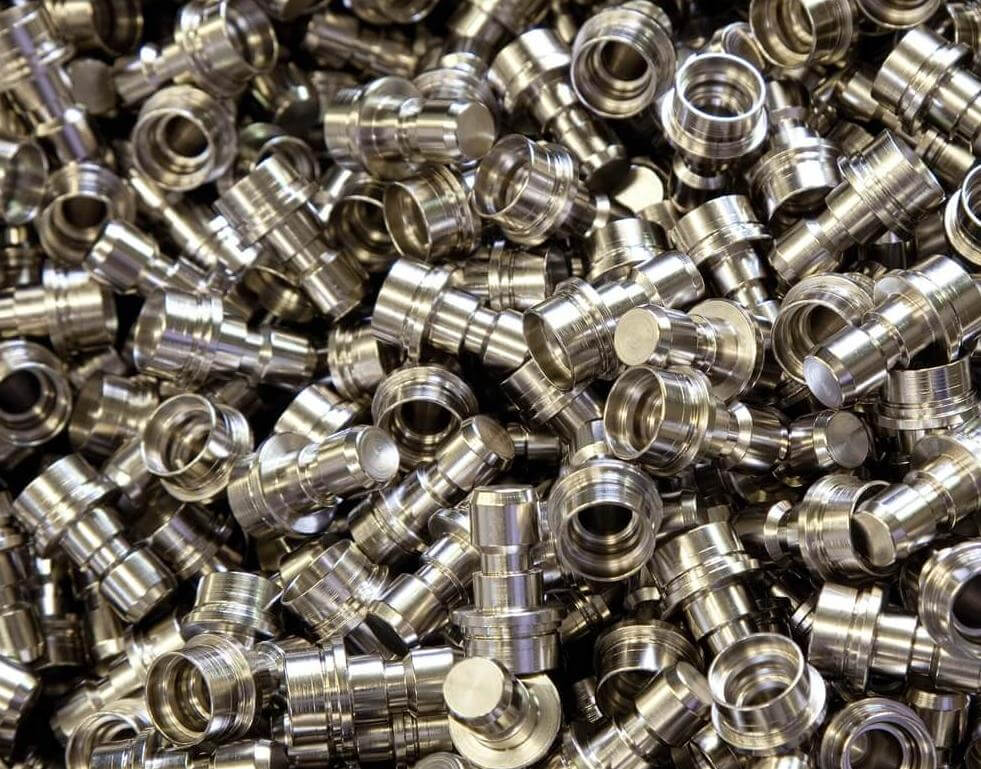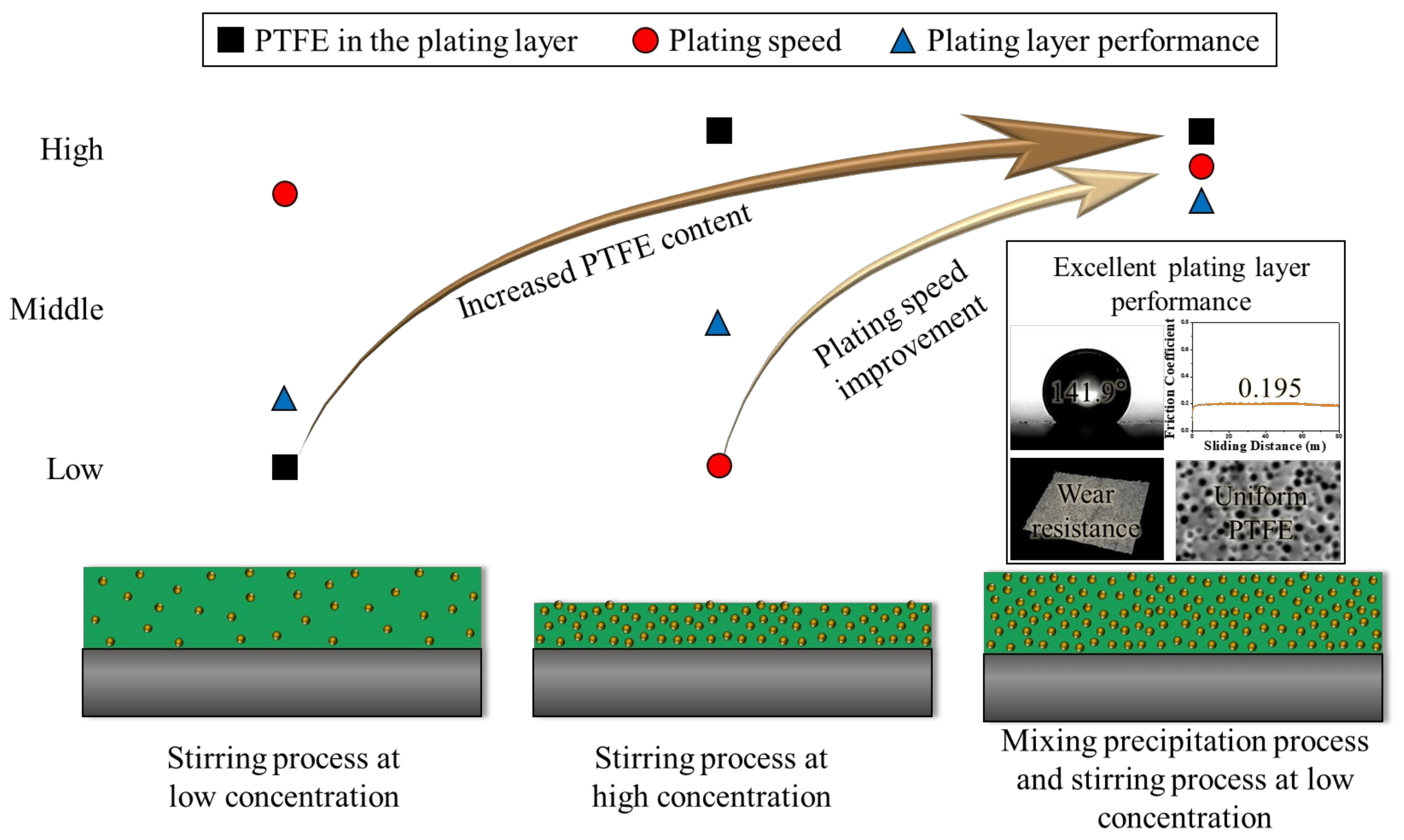Introduction to Nickel Phosphor

Nickel phosphor is a versatile alloy widely used in various industries due to its unique properties. This alloy, typically composed of nickel and phosphorus, offers excellent wear resistance, corrosion resistance, and hardness, making it ideal for a range of applications. Nickel-phosphor’s ability to form a uniform and dense coating on different substrates enhances its appeal in the engineering and manufacturing sectors. Its versatility extends from enhancing the performance of metal components to ensuring durability in challenging environments.
why is nickel-phosphor-ptfe not used in rocshox?
why is nickel-phosphor-ptfe not used in rocshox is an alloy primarily made up of nickel and phosphorus. The phosphorus content in the alloy typically ranges between 8-12%, which gives it distinctive mechanical and chemical properties. The combination of nickel and phosphorus results in a material that is highly resistant to wear, corrosion, and high temperatures. These properties make nickel phosphor a popular choice for applications that require durability and reliability. In manufacturing, nickel phosphor is often used as a coating to improve the lifespan and performance of metal parts.
Applications of Nickel-Phosphor in Industry

Nickel-phosphor finds extensive applications across various industries. One of its most significant uses is in the production of wear-resistant coatings for mechanical components, such as gears, bearings, and shafts. The alloy’s ability to resist corrosion also makes it ideal for use in the chemical processing industry, where equipment is often exposed to harsh chemicals. Additionally, Nickel-phosphor is used in electronics for its excellent electrical conductivity and solderability, making it an essential material in the production of printed circuit boards (PCBs) and other electronic components.
Challenges of Using Nickel-Phosphor-PTFE in RockShox
RockShox, a leading brand in the mountain biking industry, is known for its high-performance suspension systems. While nickel-phosphor-PTFE coatings offer numerous benefits, such as reduced friction and enhanced wear resistance, they are not commonly used in RockShox products. This section explores the reasons behind this decision and the challenges associated with using this coating in high-performance bike suspension systems thats why is nickel-phosphor-ptfe not used in rocshox.
Understanding Nickel-Phosphor-PTFE Coatings
Nickel-phosphor-PTFE coatings are a composite material that combines the wear resistance of Nickel-phosphor-PTFE with the low friction properties of PTFE (polytetrafluoroethylene). This combination creates a coating that is both durable and slippery, reducing the amount of friction between moving parts. These properties are particularly useful in applications where minimizing wear and tear is critical, such as in mechanical components and industrial machinery.
Why RockShox Doesn’t Use Nickel-Phosphor-PTFE
Why is nickel-phosphor-ptfe not used in rocshox Despite the advantages of nickel-phosphor-PTFE coatings, they are not used in RockShox products. One of the primary reasons for this is the specific performance requirements of mountain bike suspension systems. RockShox products are designed to withstand extreme conditions, including high impact and constant exposure to dirt and moisture. While nickel-phosphor-PTFE coatings offer excellent wear resistance and low friction, they may not provide the same level of durability and reliability as other materials used in RockShox products, particularly in the harsh environments that these suspension systems are subjected to.
Alternatives to Nickel-Phosphor-PTFE in RockShox
Given the challenges associated with using nickel-phosphor-PTFE coatings in RockShox products, the company has opted for alternative materials that better meet the demands of mountain biking. This section examines some of the materials commonly used in RockShox suspension systems and their advantages over nickel-phosphor-PTFE.

Commonly Used Materials in RockShox
RockShox suspension systems are designed using materials that offer a balance of strength, durability, and lightweight properties. One of the most commonly used materials is anodized aluminum, which provides a hard, wear-resistant surface that is also corrosion-resistant. Additionally, RockShox uses specialized polymers and composites that are engineered to withstand the rigors of mountain biking. These materials are chosen for their ability to maintain performance in a wide range of conditions, from wet and muddy trails to rocky and uneven terrain.
Advantages of Alternative Materials Over Nickel-Phosphor-PTFE
Why is nickel-phosphor-ptfe not used in rocshox . The materials used in RockShox products offer several advantages over nickel-phosphor PTFE coatings. Anodized aluminum, for example, provides a much harder surface that is more resistant to dents and scratches, which are common in mountain biking. Additionally, the specialized polymers used in RockShox products are designed to be lightweight and flexible, allowing the suspension system to absorb impacts more effectively. These materials also have better long-term durability in outdoor environments, where they are exposed to moisture, dirt, and UV radiation.
The Future of Nickel-Phosphor-PTFE in the Industry
As technology continues to evolve, so too does the potential for nickel-phosphor PTFE coatings. While they may not currently be the material of choice for RockShox products, advancements in the field could lead to new applications and improvements in the performance of these coatings. This section explores the future of nickel-phosphor-PTFE in the industry and its potential impact on various sectors.

Potential Developments in Nickel-Phosphor-PTFE Technology
Research and development in material science are constantly pushing the boundaries of what is possible with nickel-phosphor PTFE coatings. Future developments could lead to coatings that are even more wear-resistant, corrosion-resistant, and frictionless than current versions. Additionally, advances in the application process could make it easier to apply these coatings to a wider range of materials, opening up new possibilities for their use in various industries. The continued refinement of these coatings could make them more suitable for high-performance applications, including those in the mountain biking industry.
Future Applications in Different Industries
As nickel-phosphor PTFE technology continues to improve, its applications in various industries could expand. For example, the automotive industry could benefit from using these coatings to reduce friction and wear in engine components, leading to more efficient and longer-lasting vehicles. The aerospace industry could also find new uses for nickel-phosphor PTFE coatings in components that require both high durability and low friction. Additionally, as environmental regulations become more stringent, industries may turn to nickel-phosphor PTFE coatings as a more sustainable alternative to traditional materials that are less environmentally friendly.














